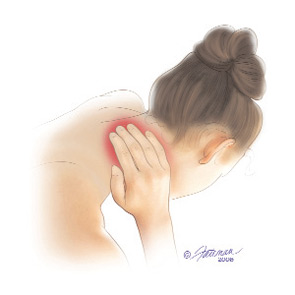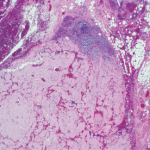
In January, “From the College” began a monthly series featuring patient education materials by highlighting the ACR’s pregnancy and rheumatic disease fact sheet.
This month we focus on neck pain, a common ailment that affects 10% of the population each year. In some cases the ailment is due to systemic illnesses such as polymyalgia rheumatica or osteoarthritis, but the majority of cases are caused by mechanical disorders such as overuse of the neck or arms.
In the neck pain fact sheet, David Borenstein, MD, a rheumatologist with Arthritis and Rheumatism Associates in Washington, D.C., and TR board member, writes, “The best way of living with neck pain is trying to prevent it. Do not sit at the computer for hours without getting up frequently to stretch the neck and back. Take the stress of the day out of your neck muscles and do your exercise routine. If you smoke, stop. Smoking is a predisposing factor for neck pain. If you are overweight, get into shape. Bottom line, pay attention to your body and exercise, eat right, and maintain a healthy life style.”
With proper treatment, neck pain can be remedied—and often cured—within a few weeks, with minimal cost to the patient. Some points to remember are:
- A common problem, neck pain is rarely associated with a systemic illness.
- The vast majority of individuals improve by taking over-the-counter medications and remaining active.
- Most individuals are better in one to two weeks; more than 90% are healed in eight weeks.
For more information on neck pain or to review more than 40 other patient fact sheets, visit www.rheumatology.org/public/factsheets.


